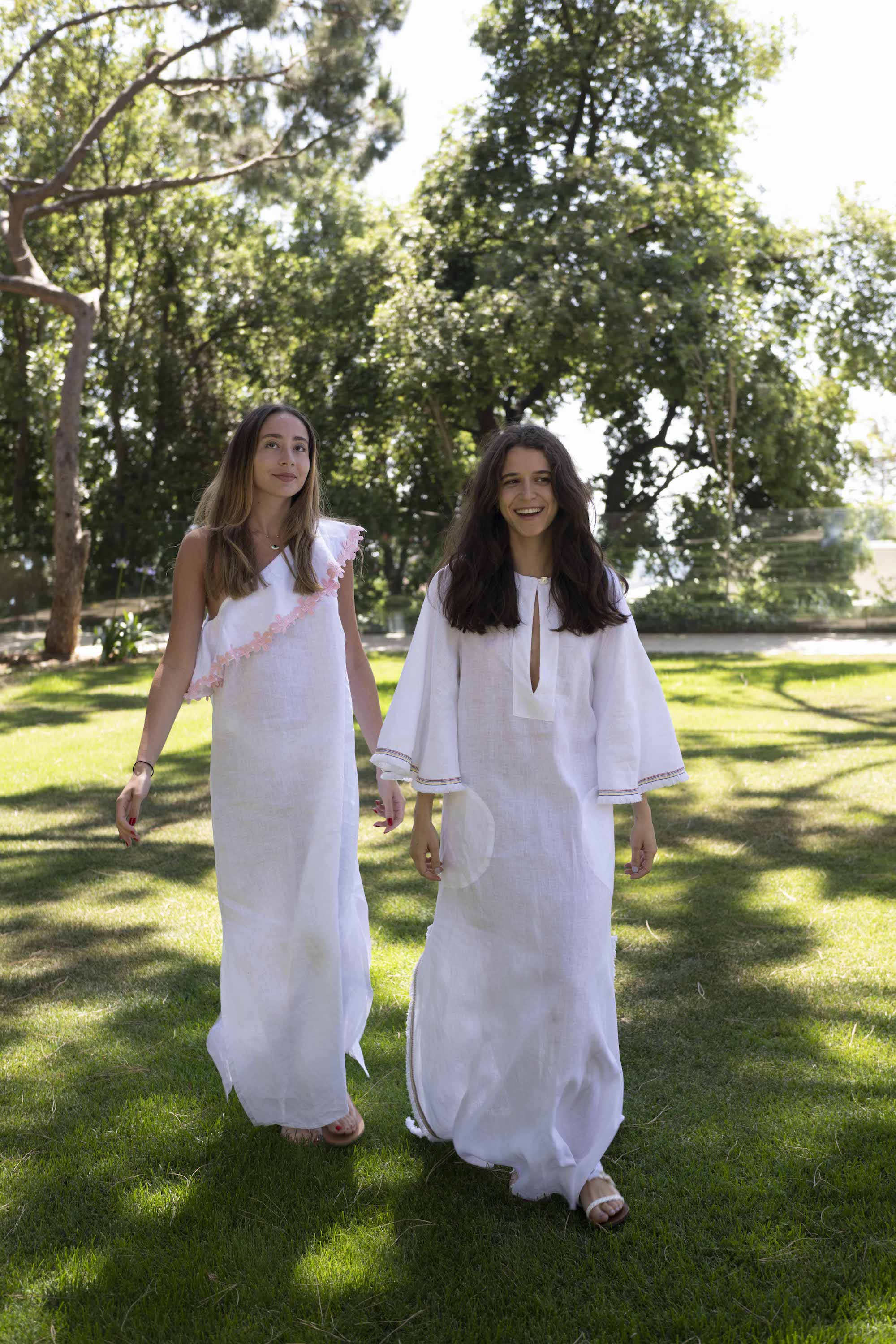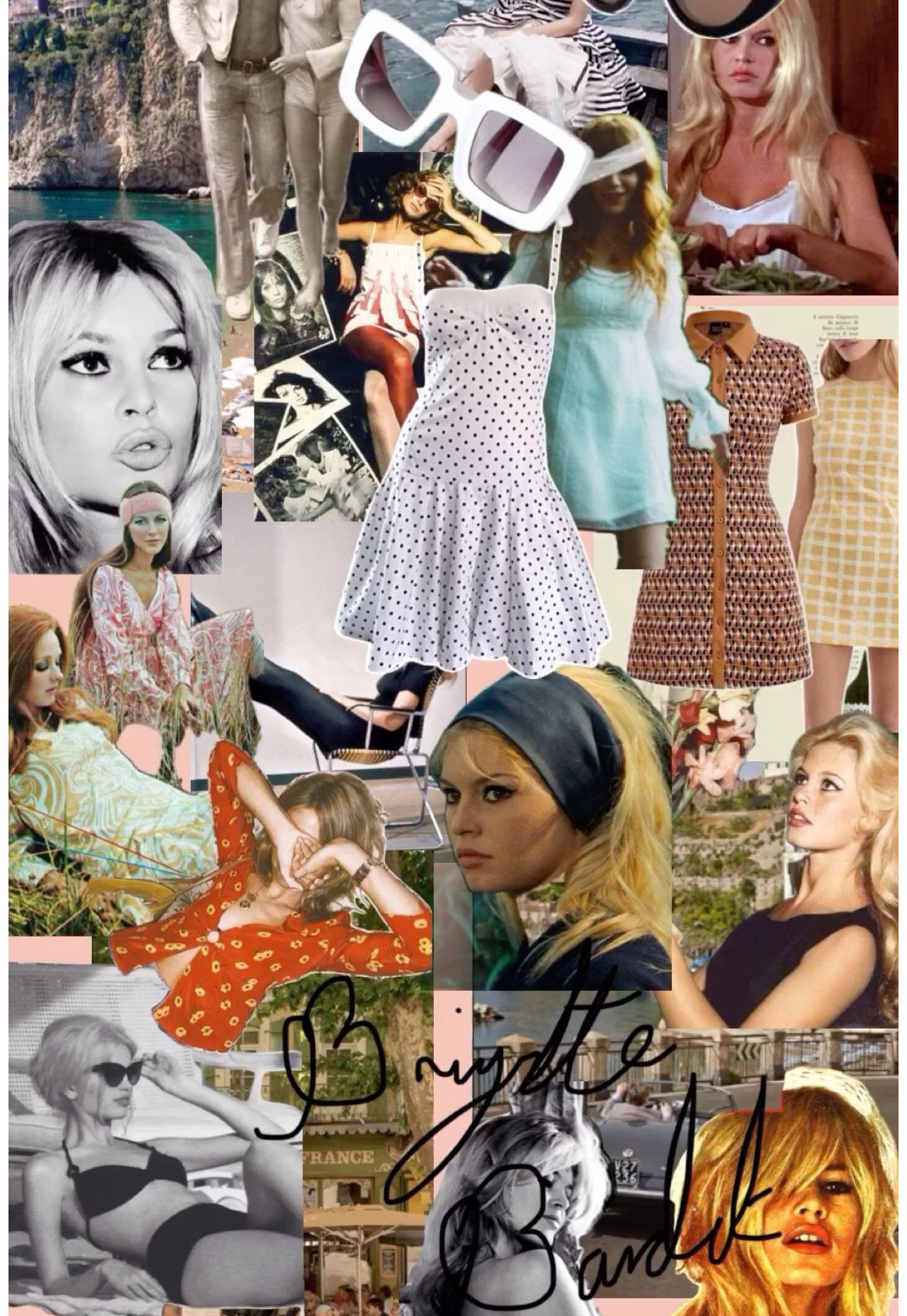
Unveiling the Complexities of the Fashion Industry: Beyond Glamour and Runways
The fashion industry, often synonymous with glamour, trends, and creativity, encompasses a multifaceted world that extends far beyond the confines of catwalks and haute couture. From fast fashion giants to sustainable luxury brands, this dynamic sector influences not only what we wear but also how we perceive ourselves and the world around us. However, behind the shimmering façade lie complexities that warrant exploration and contemplation.
Cultural Influence and Expression: At its core, fashion is a form of self-expression deeply intertwined with cultural, social, and economic factors. It serves as a mirror reflecting societal values, beliefs, and aspirations. Fashion designers draw inspiration from a myriad of sources, ranging from art, history, and nature to current events and technology. Through their creations, they weave narratives that resonate with audiences worldwide, shaping cultural identities and sparking conversations.
Economic Dynamics and Globalization: The fashion industry is a powerhouse driving economic growth and employment on a global scale. From design and manufacturing to retail and marketing, it encompasses a vast network of interconnected businesses. However, the rise of fast fashion has ushered in a new era characterized by rapid production cycles, low-cost labor, and mass consumption. While this model has democratized fashion, making trendy clothing accessible to the masses, it has also raised concerns about its environmental and social impact.
Environmental Sustainability and Ethical Practices: In recent years, the fashion industry has faced mounting scrutiny over its environmental footprint and ethical practices. The production of textiles, particularly from resource-intensive materials like cotton and polyester, contributes to pollution, deforestation, and water scarcity. Moreover, garment workers, predominantly located in developing countries, often endure exploitative working conditions and meager wages. In response, a growing number of brands are embracing sustainable practices, from using eco-friendly materials to implementing fair labor standards, albeit with varying degrees of commitment and transparency.
Technology and Innovation: Advancements in technology have revolutionized every facet of the fashion industry, from design and production to retail and marketing. 3D printing, artificial intelligence, and virtual reality are reshaping the way garments are created, personalized, and experienced. Virtual fashion shows and digital platforms offer brands new avenues to engage with consumers in an increasingly digitized world. However, as technology continues to evolve, it also poses challenges, such as data privacy concerns and the displacement of traditional craftsmanship.
Cultural Appropriation and Diversity: Fashion, by its nature, thrives on innovation and cross-cultural exchange. However, this exchange can sometimes veer into the territory of cultural appropriation, where elements of marginalized cultures are commodified without proper acknowledgment or respect. The lack of diversity in fashion, both on the runway and behind the scenes, remains a persistent issue, perpetuating narrow beauty standards and excluding underrepresented voices. Efforts to promote inclusivity and celebrate diversity are underway, yet much work remains to be done to ensure equitable representation and opportunity within the industry.
The fashion industry is a vibrant tapestry woven from threads of creativity, commerce, and culture. While it offers boundless opportunities for self-expression and innovation, it also grapples with profound challenges related to sustainability, ethics, and inclusivity. As consumers, creators, and advocates, we have the power to shape the future of fashion by supporting brands that prioritize transparency, sustainability, and social responsibility. By fostering a more equitable and mindful fashion ecosystem, we can ensure that beauty truly knows no bounds.


